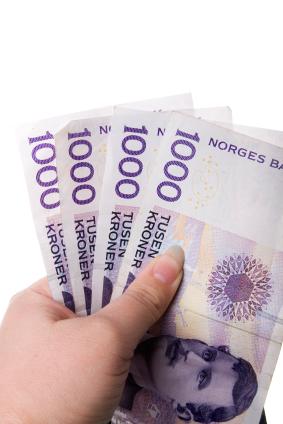Incentive scheme launched
The percentage of women in top-level academic positions in mathematics, natural science and technology must increase. This is according to the Norwegian Government, which has now set aside NOK 10 million to speed up the process. The money will be used to reward universities and university colleges that raise the percentage of female academic staff during 2010.

“The gender balance in academia is moving in a positive direction, but it is going too slowly. The Government will not wait for the so-called ‘natural development’. In some fields the percentage of women among academic staff is critically low. This is especially the case for mathematics, natural science and technology (MST subjects),” says Tora Aasland to Women in Science – Norway.
Allocation letters sent out
In autumn 2009 Aasland promised NOK 10 million in funding for universities and university colleges who employ women as professors and associate professors. The allocation letters have now been sent out. In the initial phase, the scheme covers the Universities of Oslo, Bergen, Agder and Stavanger as well as the Norwegian University of Science and Technology (NTNU), the Norwegian University of Life Sciences (UMB) and Telemark and Gjøvik University Colleges.
The institutions were selected because they offer PhD programmes in MST subjects and have academic organisational units which fall under the definition of MST subjects in keeping with the Norwegian Association of Higher Education Institutions’ categories of academic disciplines.
“It is a high-priority to attract the best qualified candidates to research and education so that the expertise available within society is utilized in the best possible way. Consequently, the Government views it as an important challenge to work towards an equal distribution of women and men at all position levels and in all subject areas,” says Aasland.
“But why has the ministry decided to introduce in particular an incentive scheme like this?”
“An earmarking scheme that automatically excludes one gender from applying would not comply with the EU’s Equal Treatment Directive and thus the EEA Agreement, which the EFTA Surveillance Authority has already taken a clear stand on. The ministry has therefore worked closely with the Authority to clarify which instruments we can implement to reach our objectives without conflicting with the EU’s regulations on differential treatment. We have assessed measures other than earmarking academic positions for women and decided that an incentive scheme is a good alternative.”
Stimulating supplement
“An incentive scheme can be interpreted as a carrot. Does this mean that the ministry believes the institutions have lacked the will or desire to employ women?”
“No, the institutions have been proactive in launching several crucial measures to improve the gender balance in academia, so I would not say that desire has been the problem. The incentive scheme is designed to encourage the institutions to keep up the momentum in their gender equality work. The new scheme will be a supplement to the institutions’ efforts, which will continue to play the central role. Experience shows that if gender equality efforts are to have an impact, they must have the support of the institution’s top administration and entail specific objectives with measurable results,” says the minister.
The scheme will be launched first as a trial project. An assessment will be made of whether to expand the scheme after the trial project has been evaluated. The date for this evaluation has not been set yet.
Translated by Connie Stultz.
The incentive scheme is described in the allocation letter sent by the Ministry of Education and Research to the universities and university colleges for 2010.
